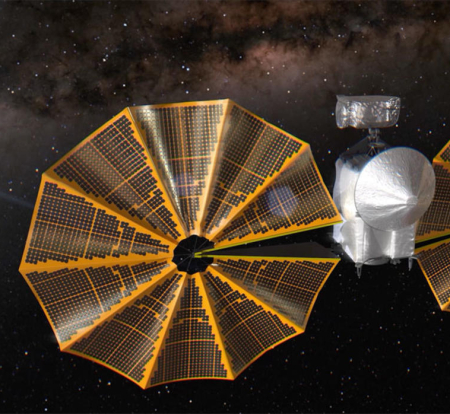Conflict in Hubble constant continues to confound astronomers
The uncertainty of science: In reviewing their measurements of the Hubble constant using a variety of proxy distance tools, such as distant supernovae, astronomers recently announced that their numbers must be right, even though those numbers do not match the Hubble constant measured using completely different tools.
Most measurements of the current acceleration of the universe (called the Hubble constant, or H0) based on stars and other objects relatively close to Earth give a rate of 73 km/s/Mpc. These are referred to as “late-time” measurements [the same as confirmed by the astronomers in the above report]. On the other hand, early-time measurements, which are based on the cosmic microwave background emitted just 380,000 years after the Big Bang, give a smaller rate of 68 km/s/Mpc.
They can’t both be right. Either something is wrong with the standard cosmological model for our universe’s evolution, upon which the early-time measurements rest, or something is wrong with the way scientists are working with late-time observations.
The astronomers are now claiming that their late-time observations must be right, which really means there is either something about the present theories about the Big Bang that are fundamentally wrong and that our understanding of early cosmology is very incomplete, or the measurements by everyone are faulty.
Based on the number of assumptions used with both measurements, it is not surprising the results don’t match. Some of those assumptions are certainly wrong, but to correct the error will require a lot more data that will only become available when astronomers have much bigger telescopes of all kinds, in space and above the atmosphere. Their present tools on Earth are insufficient for untangling this mystery.
The uncertainty of science: In reviewing their measurements of the Hubble constant using a variety of proxy distance tools, such as distant supernovae, astronomers recently announced that their numbers must be right, even though those numbers do not match the Hubble constant measured using completely different tools.
Most measurements of the current acceleration of the universe (called the Hubble constant, or H0) based on stars and other objects relatively close to Earth give a rate of 73 km/s/Mpc. These are referred to as “late-time” measurements [the same as confirmed by the astronomers in the above report]. On the other hand, early-time measurements, which are based on the cosmic microwave background emitted just 380,000 years after the Big Bang, give a smaller rate of 68 km/s/Mpc.
They can’t both be right. Either something is wrong with the standard cosmological model for our universe’s evolution, upon which the early-time measurements rest, or something is wrong with the way scientists are working with late-time observations.
The astronomers are now claiming that their late-time observations must be right, which really means there is either something about the present theories about the Big Bang that are fundamentally wrong and that our understanding of early cosmology is very incomplete, or the measurements by everyone are faulty.
Based on the number of assumptions used with both measurements, it is not surprising the results don’t match. Some of those assumptions are certainly wrong, but to correct the error will require a lot more data that will only become available when astronomers have much bigger telescopes of all kinds, in space and above the atmosphere. Their present tools on Earth are insufficient for untangling this mystery.









